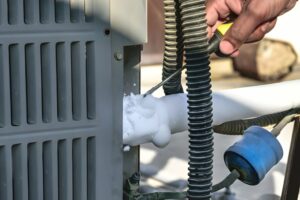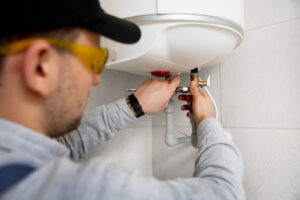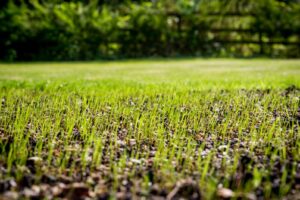
Laundry day is a routine, in every household. However it can quickly become frustrating when unexpected issues arise with the machine.
From leaks to noises these machines can present various problems that may puzzle homeowners.
This guide will explore laundry machine issues and provide practical troubleshooting tips. Our goal is to empower homeowners with knowledge and effective techniques for addressing problems before they become headaches ensuring a smooth laundry experience.
I. Identifying the Issue
1. Water Leakage:
Leaking water is a problem with machines and can be caused by different factors. It could be due to a hose-damaged door seal or a malfunctioning pump.
To troubleshoot this issue start by examining the hoses for any damage tightening connections and checking the condition of the door seal.
If the problem persists consider replacing the door seal or seeking assistance for pump related concerns.
2. Unusual Noises:
If you hear sounds coming from your machine it could indicate an underlying issue. Thumping, banging or grinding noises might suggest a load or problems, with the drum bearings.
To troubleshoot this problem ensure that your load is properly balanced and try rearranging items within the machine.
If the issue persists it may be necessary to inspect and potentially replace the drum bearings.
3. Trouble, with Draining:
When a washing machine doesn’t drain water properly it can be quite frustrating. This problem might be caused by a drain filter or a malfunctioning pump.
To troubleshoot this you should check the drain filter for any debris. Clean it if needed. If the problem continues, consider examining the pump for any obstructions or faults.
Regular maintenance, including clearing lint traps can help prevent issues from occurring.
II. Maintenance to Prevent Problems
1. Cleaning the Lint Trap:
One of the simplest often overlooked steps in maintaining a washing machine is cleaning the lint trap.
Accumulated lint can affect the machines efficiency. Potentially cause overheating or blockages.
It’s important to clean the lint trap after each cycle to ensure performance and reduce fire hazards.
2. Inspecting Hoses and Connections:
Leaks are commonly caused by damaged hoses. Periodically inspect your hoses for any signs of wear, tear or leaks.
Tighten connections promptly replace damaged hoses to prevent water damage in your surroundings and potential mold growth.
3. Balancing Loads:
Uneven loads can lead to noise and vibration, during cycles. To avoid this issue make sure to distribute clothes within the drum.
To ensure the performance and longevity of your machine it is advisable to avoid overburdening it and take advantage of features, like auto balancing, if available.
By following this practice you not guarantee a smoother operation but also extend the lifespan of your appliance.
III. Seeking Professional Help
1. Electrical Problems:
If you encounter issues with your machine, such as difficulties in powering it on or intermittent power loss it is essential to consult a professional technician.
Dealing with problems on your own can be hazardous. Seeking expert assistance ensures both safety and effective solutions.
2. Persistent Leaks:
While minor leaks may be resolved through troubleshooting steps severe leaks require the expertise of a professional.
A technician can identify the source of the leak – whether its a damaged seal, pump or any other underlying issue – and carry out the repairs.
3. Drum or Motor Troubles:
noises or problems related to the drum and motor often call for expert intervention. Attempting to disassemble or repair these components without knowledge can potentially cause damage.
It is highly recommended to rely on a technician who can accurately diagnose and effectively address these issues.
IV. Additional Troubleshooting Suggestions
1. Check for Obstructions:
At times foreign objects like coins or small pieces of clothing might get stuck in the drum or pump leading to troubles. Before assuming there is a problem, at hand it’s worth checking for any obstructions. Removing them accordingly.
2. Check the Rubber Seals:
Over time rubber seals, those, around the door can deteriorate. It’s important to inspect and clean these seals to prevent any leaks and ensure a seal during each washing cycle.
3. Assess the Water Pressure:
Inconsistent water pressure can impact the performance of your machine. Make sure that the water inlet valve is working correctly and that the water pressure falls within the recommended range.
Conclusion
To keep your machine running smoothly its important to take measures and address common issues promptly. By addressing problems, on you can prevent them from turning into major malfunctions.
Regular maintenance tasks like cleaning lint traps inspecting hoses and properly balancing loads play a role, in maintaining the longevity and efficiency of your machine.
However, it’s important to know when a problem requires help. If you encounter problems, leaks or complex mechanical issues it’s best to seek the expertise of trained technicians who can ensure a safe and accurate resolution.







